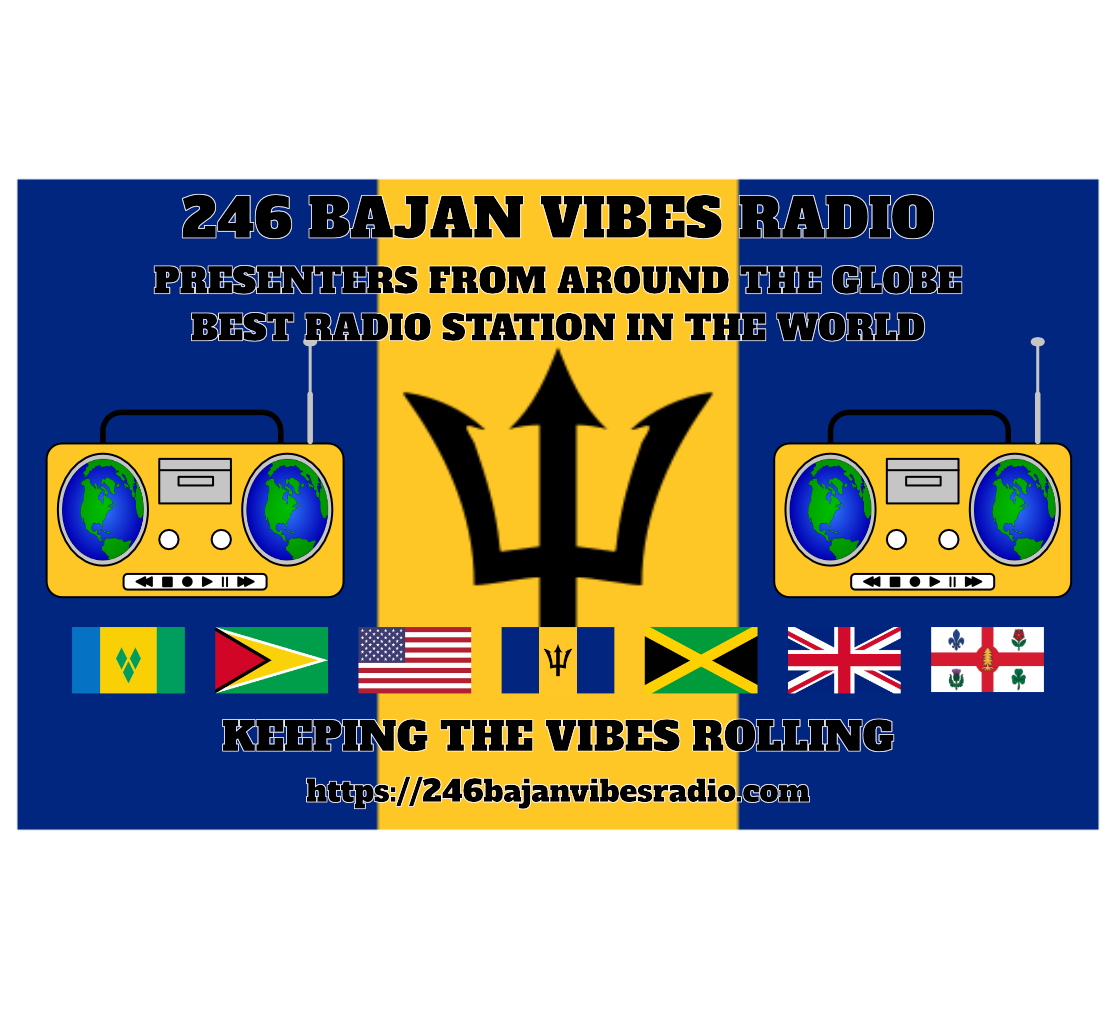A volcanic eruption in Tonga that triggered a tsunami was hundreds of times more powerful than the atomic bomb the United States dropped on Hiroshima during World War Two, Nasa says.
The eruption “obliterated” a volcanic island north of the Tongan capital Nuku’alofa, the agency said.
Tonga says more than four-fifths of the population has been affected by the tsunami and falling ash.
Three people were confirmed killed in the tsunami last week.
Before the eruption, the Hunga Tonga-Hunga Ha’apai volcanic island was two separate islands joined by new land formed in 2015.
Nasa says the eruption was so powerful all the new land is gone, along with “large chunks” of the two older islands.
The widespread emission of volcanic ash, gases and particles from the eruption has proven to be a massive challenge for Tongan officials.
In the immediate aftermath of the eruption and tsunami, there were fears that water sources had been polluted by the thick blanket of ash, increasing the risk of diseases like cholera and diarrhoea. However, officials noted that testing in recent days had cleared ground water and rainwater as safe to drink.
But fine volcanic ash and emissions continue to pose a public health risk. Exposure could potentially cause breathing difficulties, affect the cardiovascular system, and irritate the lungs, eyes and skin. (BBC)

